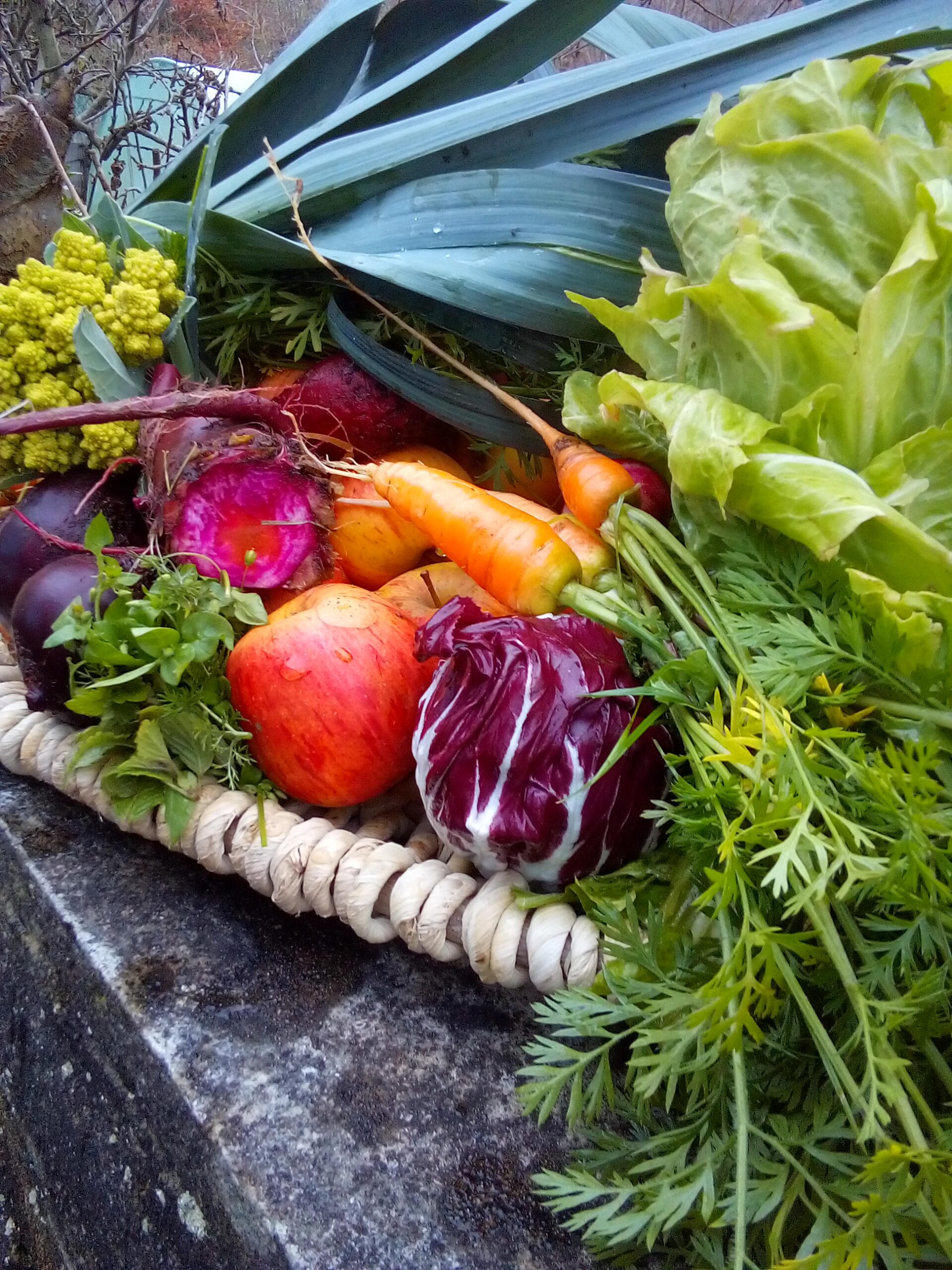A Morning in the Low Forties – and a Garden Still Awake
The morning I pulled my late autumn harvest vegetables from the soil, the air hovered in the low forties. Not warm, not cold—just that in-between stillness November carries so well.
The ground was soft and damp under my boots, and somewhere a bird rustled through the leaves. I reached down, wrapped my fingers around a beet, and lifted it from the earth. The scent—deep, mineral, grounding—rose instantly.
Frida stood beside me, hands in the pockets of her worn coat.
“You see, Emma,” she said, “nature doesn’t go quiet. She just whispers.”
Moments like that remind me why I garden at all. Not for perfect beds. Not for yield charts.
But for the quiet wisdom tucked inside these nutrient-dense winter vegetables—the kind that keep growing when daylight is scarce and most plants have retreated.



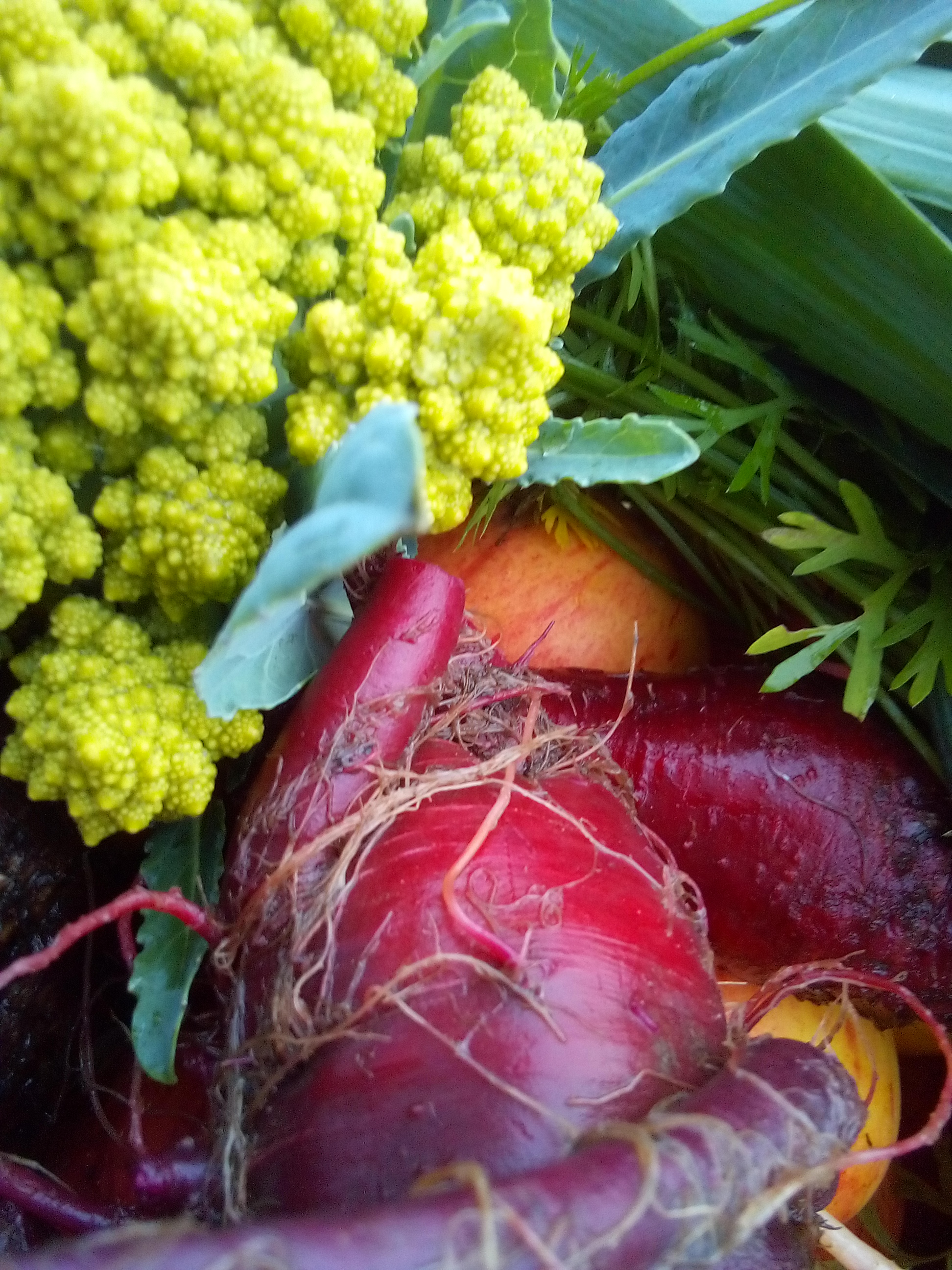
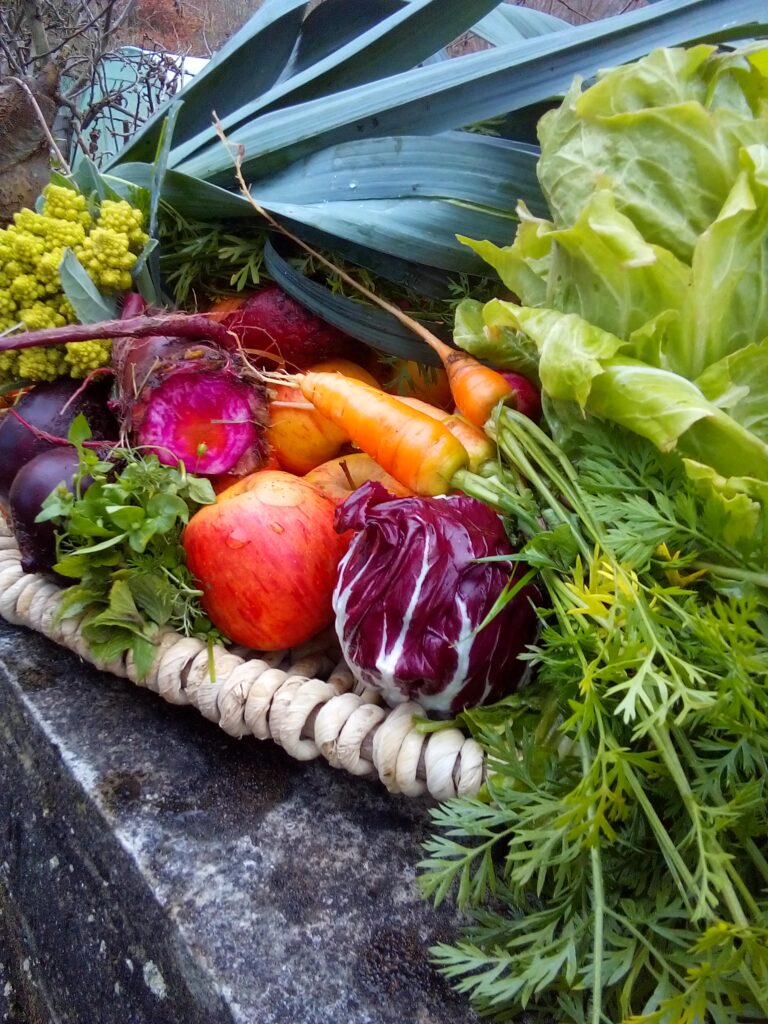

The Quiet Power of Late Autumn Harvest Vegetables
Some vegetables don’t fear the colder months. They hold minerals, warmth, and slow energy from the whole season. They ask for little. They give a lot.
Here’s what they carry—nutritionally and spiritually—when I pull them from the soil in late autumn.
Romanesco – Nature’s Spiral Logic
Romanesco always feels like a secret tucked inside a pattern. I never harvest it without pausing first, and if you want to explore its rhythm in your own garden, click here.
Nutrients
- Vitamin C
- Sulforaphane
- Potassium, magnesium
- Fiber
Benefits
- Immune-supportive
- Antioxidant and cell-protective
- Helps digestion and metabolism




Lacinato Kale – Winter’s Quiet Strength
These dark leaves stay steady even when cold winds sweep in. They feel like stored confidence. And if you’re growing Lacinato kale too and want to learn how it survives frost, which companions help it thrive, and why it turns sweeter in cold weather, you can read my full winter guide to Lacinato kale on the blog.
Nutrients
- Vitamins A and K
- Iron, calcium
- Antioxidants
Benefits
- Strong for blood and bones
- Immune-supportive
- Naturally anti-inflammatory
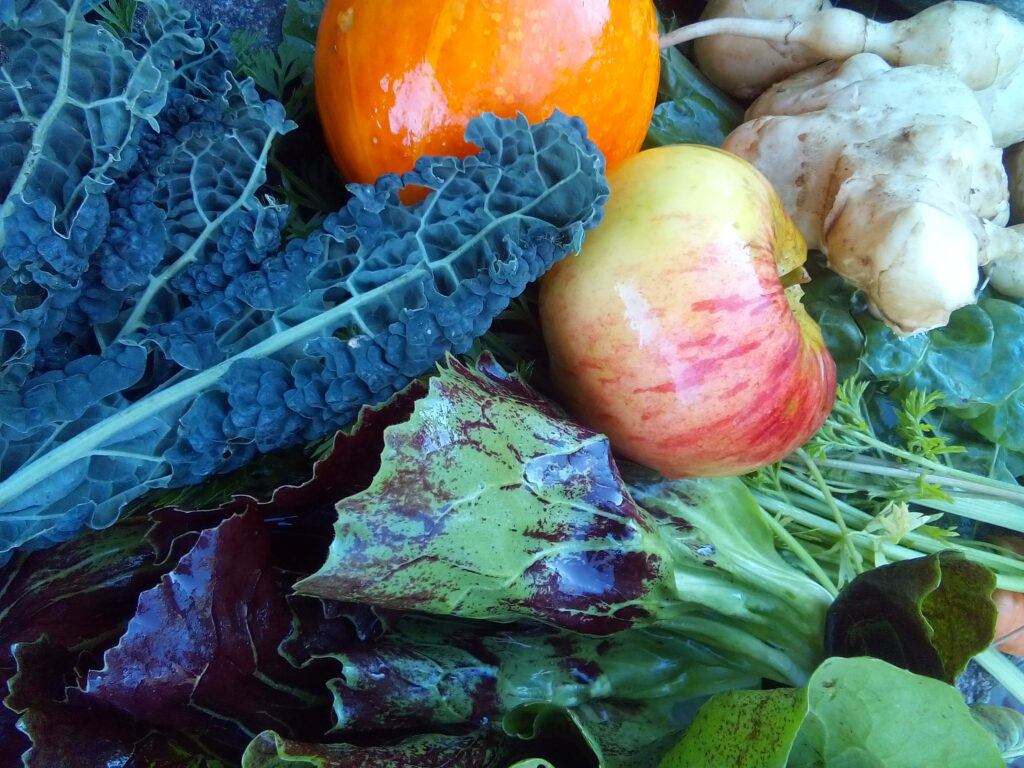



Leeks – Warmth Rising From the Soil
It’s the kind of leek scent that softens a cold morning, as if the garden is reminding me I’ve known this comfort all my life.
Nutrients
- Sulfur compounds
- Folate
- Prebiotic fibers
Benefits
- Gentle on digestion
- Supportive for respiratory health
- Mildly antimicrobial



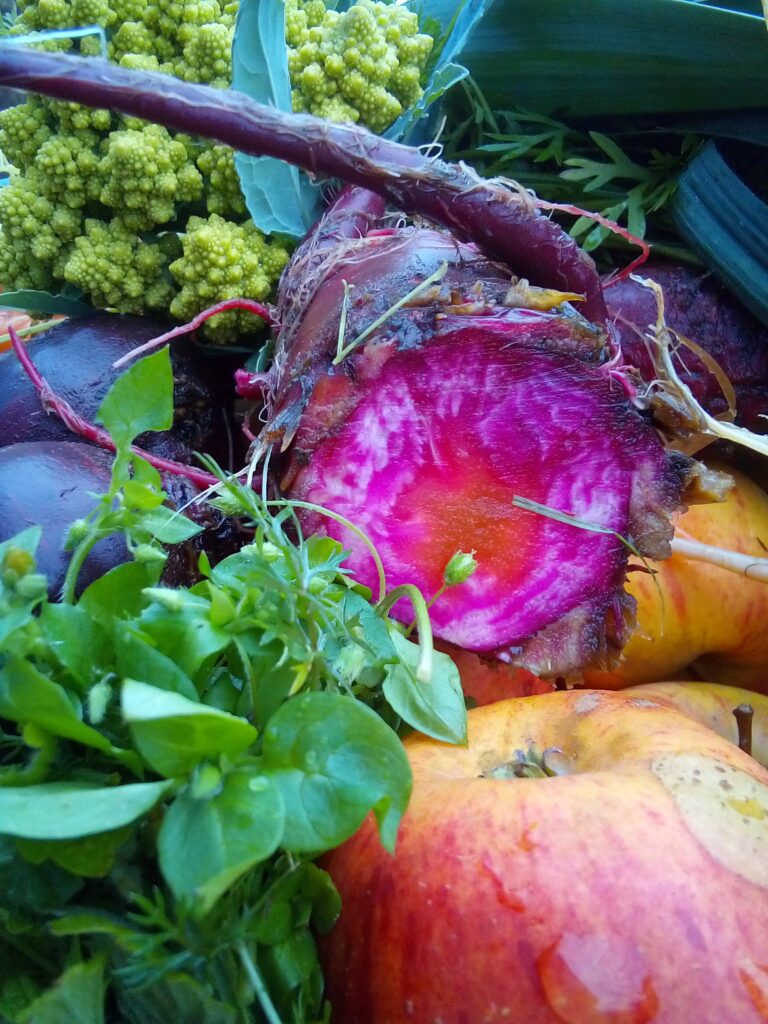
Jerusalem Artichoke – Strength Hidden Underground
You only find these if you slow down enough to notice.
Nutrients
- Inulin
- Iron, potassium
- Fiber
Benefits
- Nourishes gut bacteria
- Supports stable blood sugar
- Naturally satisfying




Hokkaido Pumpkin – Stored October Sun
A Hokkaido pumpkin feels like a lantern that kept the last warm days safe inside.
Nutrients
- Beta-carotene
- Vitamin E
- Potassium, magnesium
- Antioxidants
Benefits
- Supports skin, eyes, immunity
- Helps the body restore
- A grounding food for cold days
If anyone ever wonders about Hokkaido pumpkin health benefits, this is where they shine—quiet, steady nourishment.

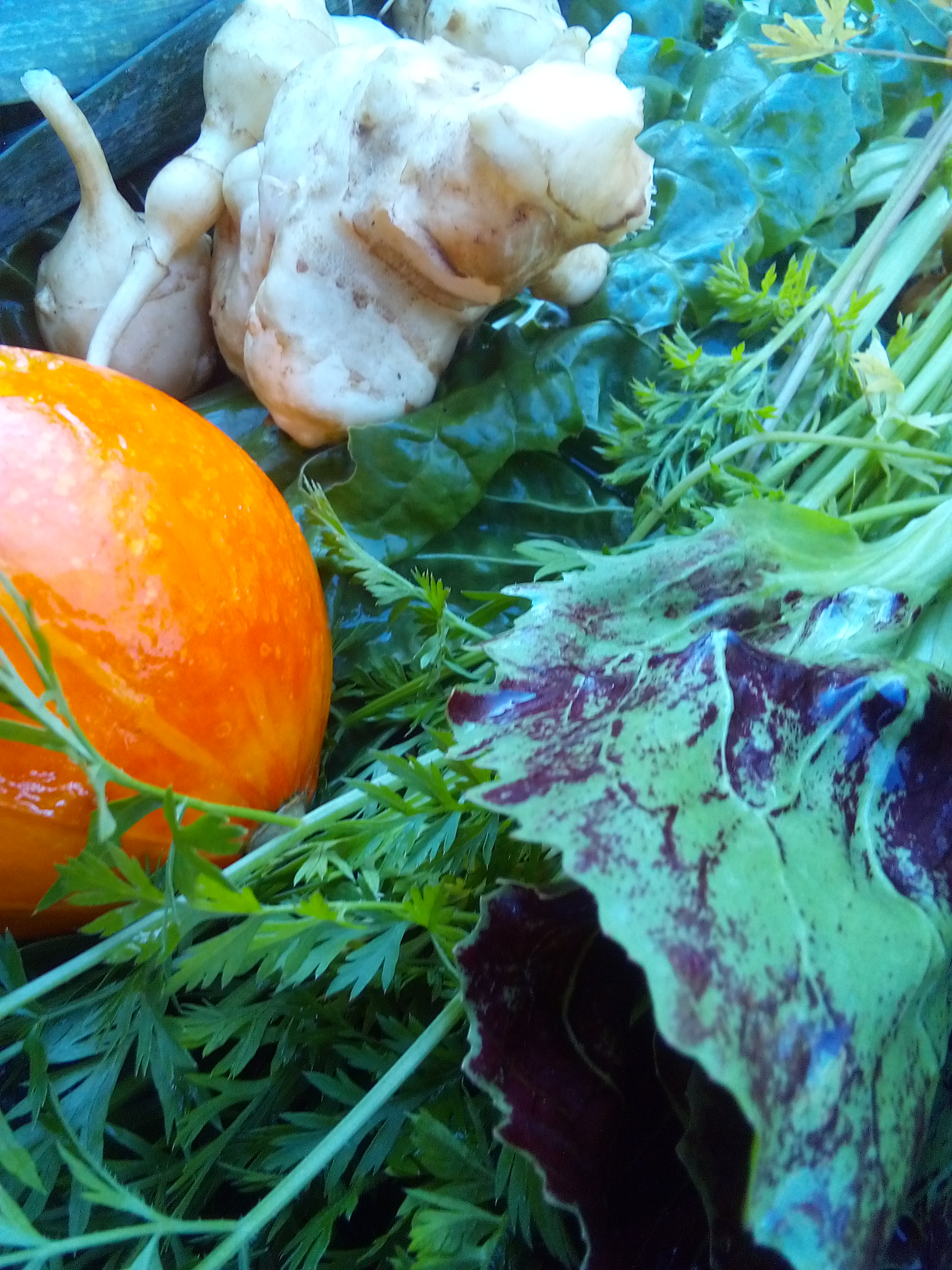
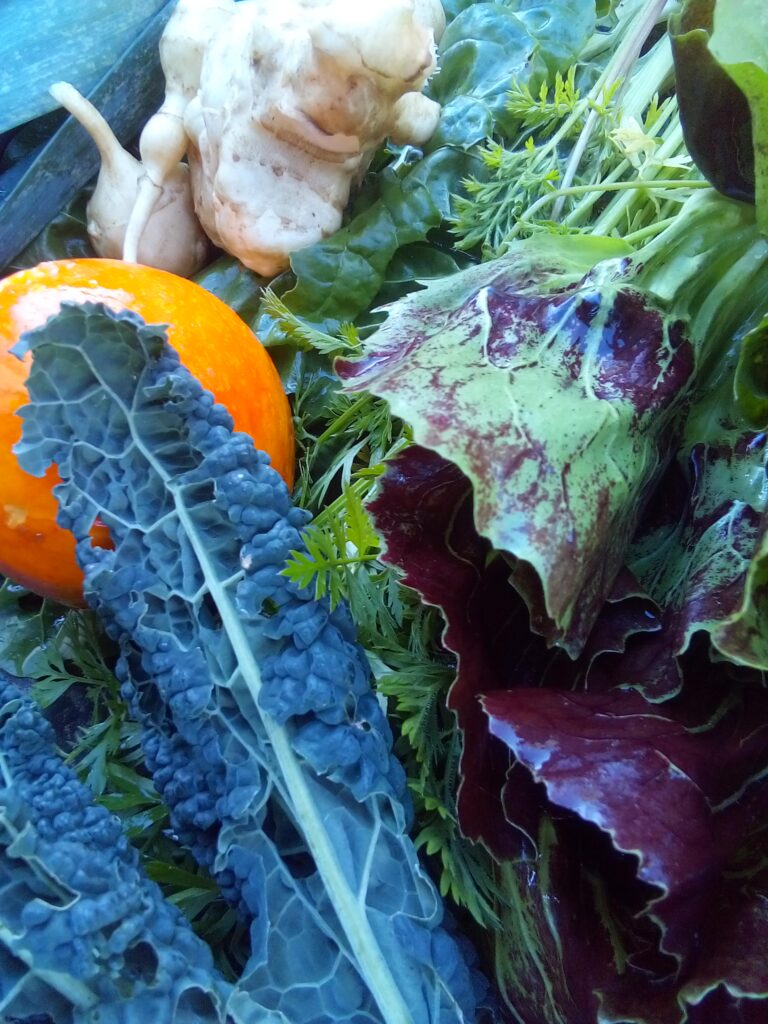
Sugarloaf Chicory – Bitter Leaves With Winter Purpose
Not harsh. Just honest. Bitter foods carry their own kind of clarity.
Nutrients
- Bitter compounds
- Folate
- Vitamin C
Benefits
- Supports liver function
- Aids digestion
- Strengthens winter resilience
Radicchio – A Red Flame in Cold Weather
Its color sharpens in the cold—so does its flavor.
Nutrients
- Anthocyanins
- Bitter compounds
- Vitamins C and K
Benefits
- Antioxidant
- Supportive for liver and metabolism

Beets – Heartblood of the Soil
Every year, beets remind me how much power root vegetables store underground.
Nutrients
- Betanin
- Folate
- Potassium, iron
- Natural nitrate
Benefits
- Supports heart and circulation
- Encourages regeneration
- Gently lowers blood pressure

Carrots – Sweetness Held in Roots
Bright, steady, mineral-rich. A quiet companion in winter.
Nutrients
- Beta-carotene
- Potassium, calcium
- Fiber
Benefits
- Good for skin and eyes
- Supports immune health
- Gentle for digestion
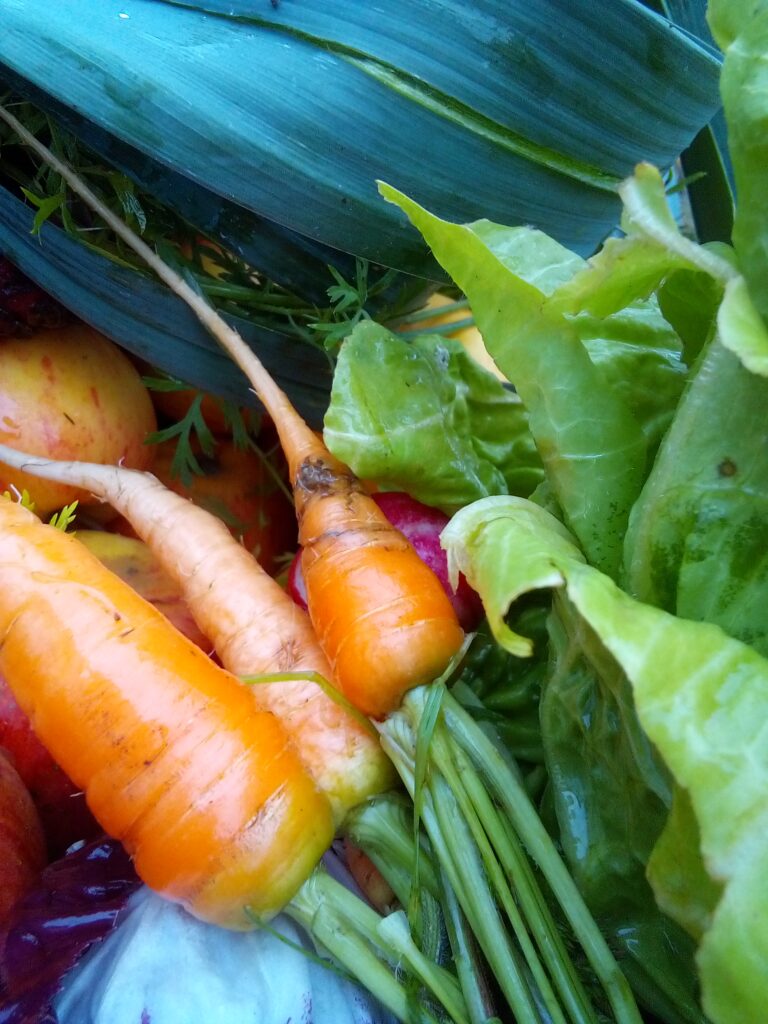

Chickweed – Winter’s Softest Herb
Small, tender, and often overlooked. But always a gift.
Nutrients
- Vitamin C
- Silica
- Saponins
Benefits
- Soothes skin and airways
- Supports gentle detox
- Strengthens connective tissue

Stored Apples – Conserved Light
A winter apple is still carrying September inside its skin.
Nutrients
- Quercetin
- Pectin
- Vitamin C
Benefits
- Supports digestion
- Anti-inflammatory
- Nourishes the microbiome
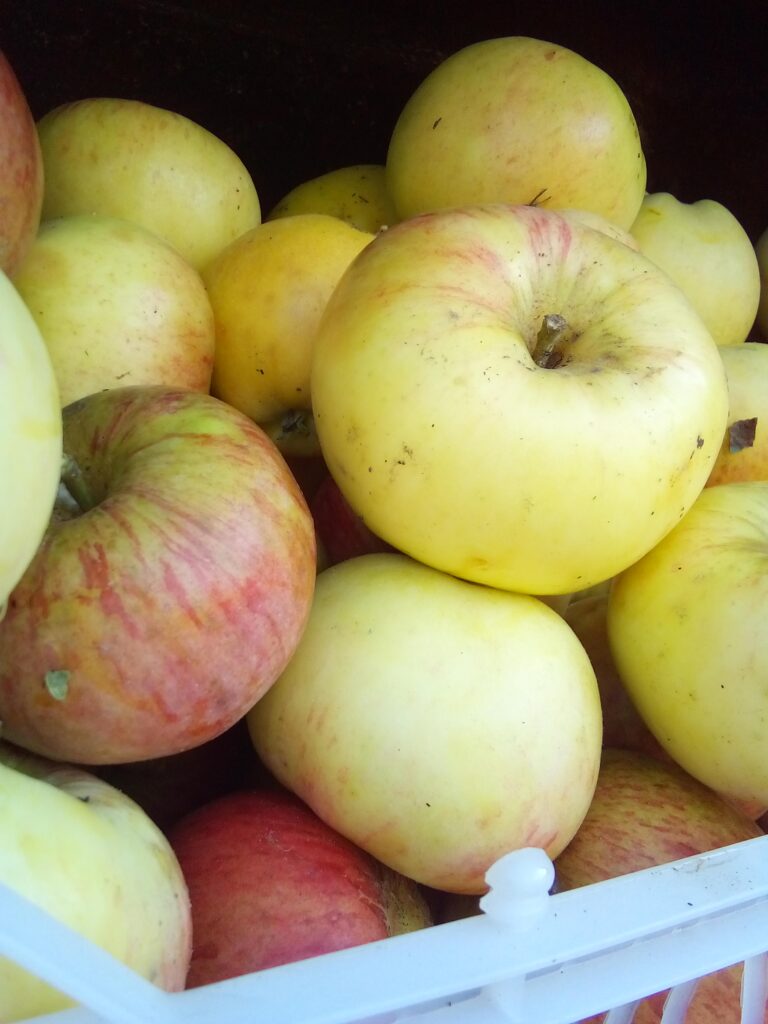

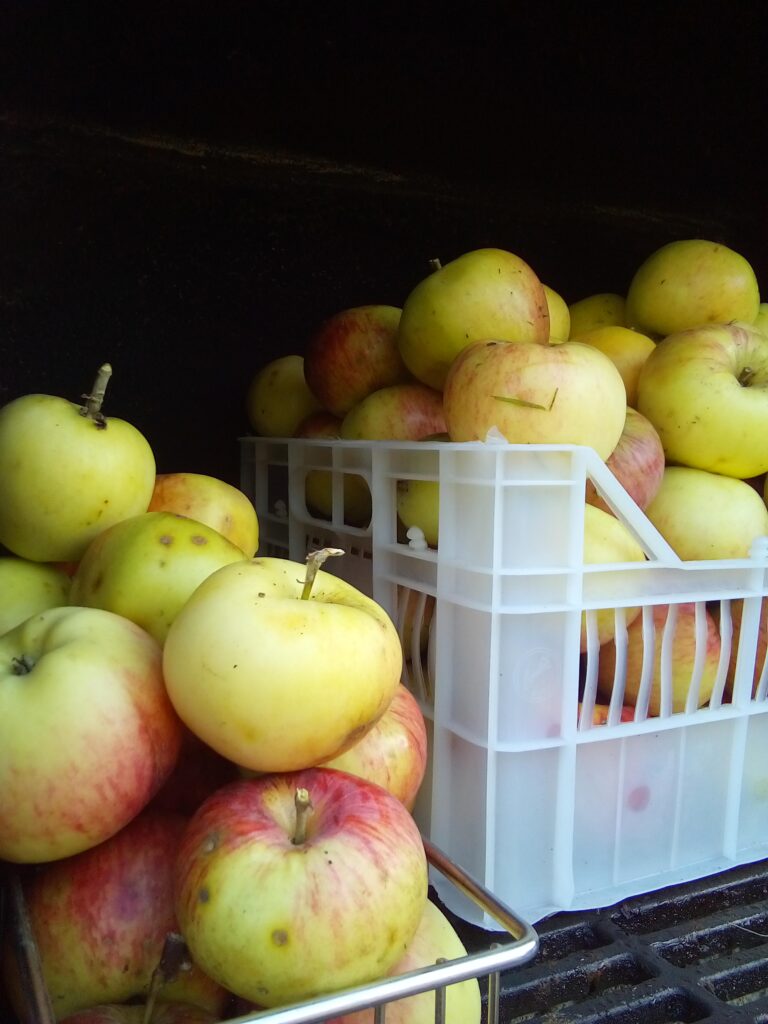
What This Harvest Reveals About the Garden
A crate of late autumn harvest vegetables says more about a season than any notes I scribble down.
What worked this year
I planned less. Watched more.
Trusted rhythms I can’t always explain.
Best companion patterns
- Kale beside beets for stronger plants
- Leeks among carrots for steadier growth
- Chickweed as a natural mulch, protecting moisture and soil life
The moon’s quiet influence
Two new-moon sowings led to seedlings that simply looked calmer. More even.
Frida would’ve said: “Some things grow because they’re aligned.”
What I relearn every year
I’m a full-time working mom with two to five hours a week for my garden.
Still—this harvest happened.
Frida always whispered: “The garden doesn’t need all of you, Emma. Just the part that pays attention.”





A Gentle Ending – And a Small Invitation
Looking at these nutrient-dense winter vegetables, I’m reminded how simple good food can be. Roots, greens, a pumpkin, an apple—humble ingredients that stretch far and stay kind to the budget.
If you want to turn this harvest into something warm and comforting, take a look at my recipe collection. You’ll find, for example, three simple beet recipes and plenty more ideas for cheap winter meals with vegetables that nourish without costing much.
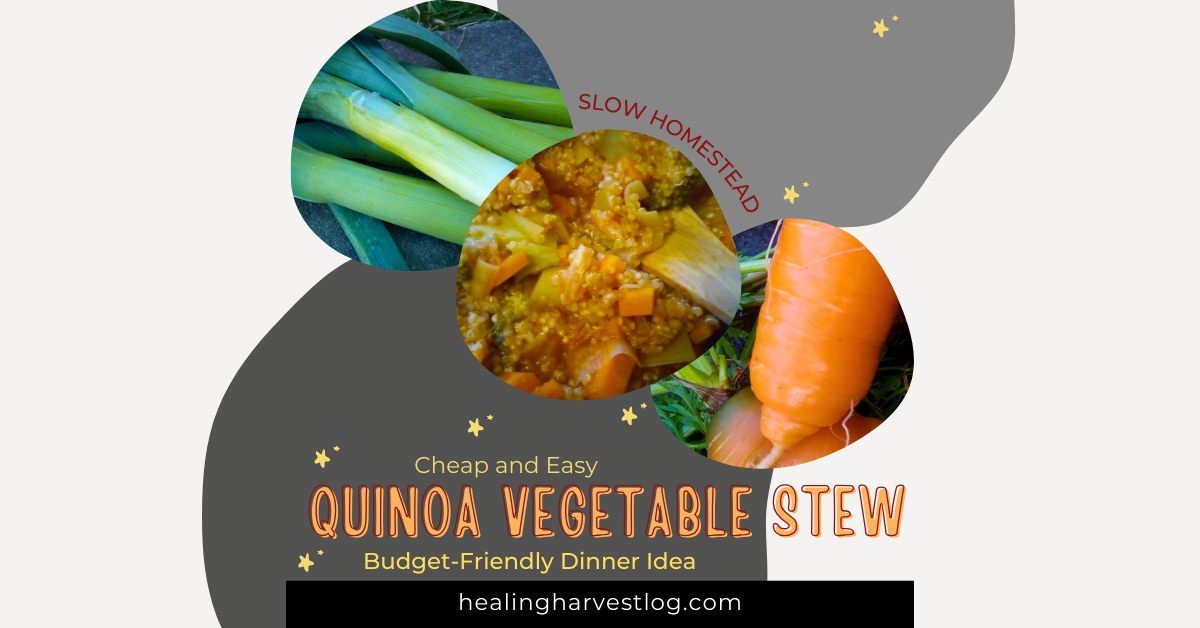
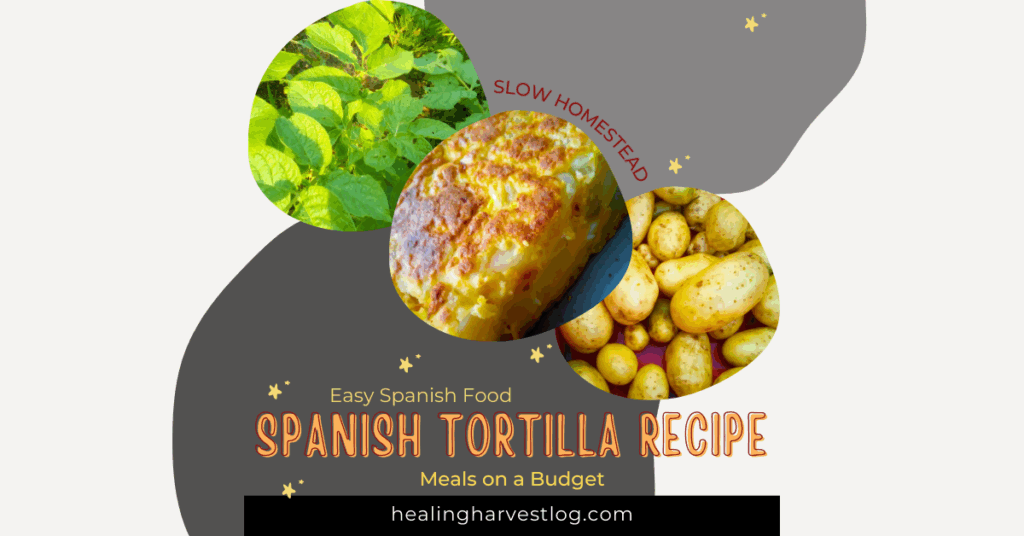
FAQs About Late Autumn Harvest Vegetables & Winter Nutrition
What are the best late autumn harvest vegetables to pick in cold weather?
Some of the best late autumn harvest vegetables are beets, carrots, leeks, lacinato kale, radicchio, sugarloaf chicory, Jerusalem artichoke, chickweed, and Hokkaido pumpkin. These vegetables stay steady in cool, damp soil and continue to grow nutrients even when daylight is low.
Which winter vegetables have the highest nutrient density?
The most nutrient-dense winter vegetables include lacinato kale, Romanesco, Hokkaido pumpkin, carrots, beets, and chickweed. They’re rich in minerals, antioxidants, and slow energy that the body needs during colder months.
What are the health benefits of root vegetables in winter?
The health benefits of root vegetables—like beets, carrots, and Jerusalem artichokes—include improved digestion, stable blood sugar, better circulation, immune support, and natural anti-inflammatory effects. Roots store minerals and slow-release energy that the body responds to especially well in winter.
Why is Hokkaido pumpkin good for winter cooking?
Hokkaido pumpkin health benefits come from its beta-carotene, vitamin E, potassium, magnesium, and antioxidants. It supports skin, eyes, and immunity, and offers grounding warmth—making it one of the most nourishing and versatile winter vegetables.
How can I make cheap winter meals with vegetables from my garden?
Cold-season crops like beets, carrots, kale, leeks, and pumpkins are perfect for cheap winter meals with vegetables. They store well, stretch far, and stay nutrient-rich for weeks. Many simple soups, stews, roasted roots, and raw salads can be made with only a few ingredients.
Watch the Late-Autumn Harvest Video
A quick moment from my garden to yours—press play and wander with me through the final colors of the season.

